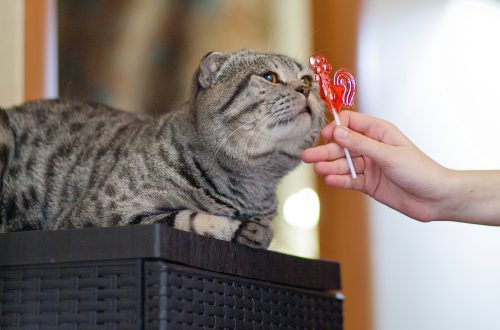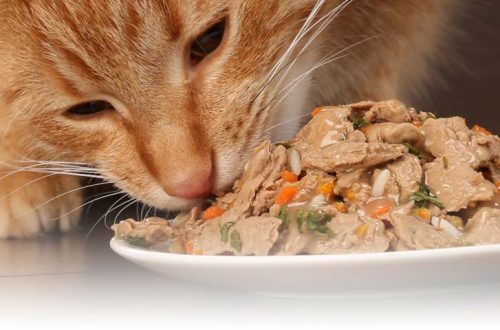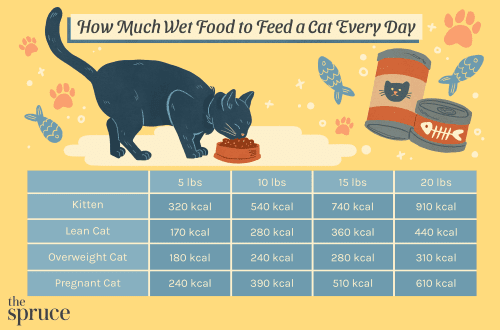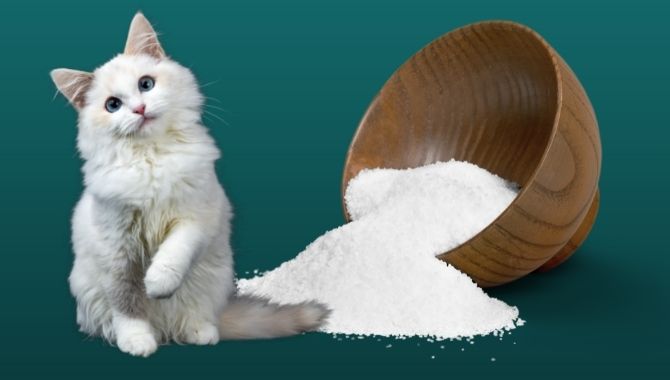
Salt in the diet of cats
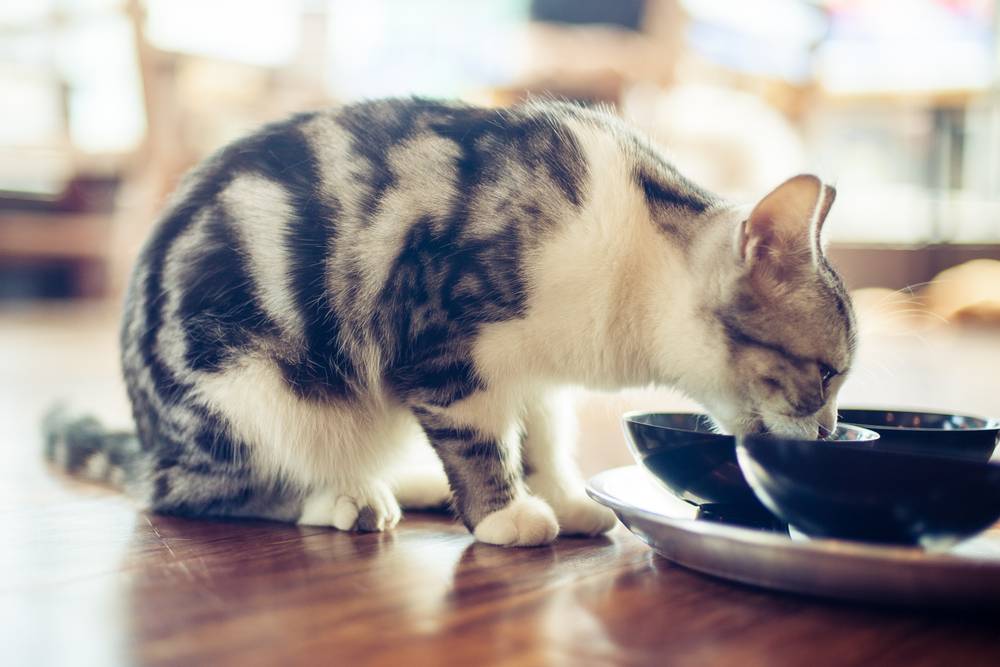
Contents
Essential Fighters
Table salt, also known as sodium chloride, is the main source of sodium and chlorine in the cat’s body. Both of these trace elements play a very significant role in the life of a pet.
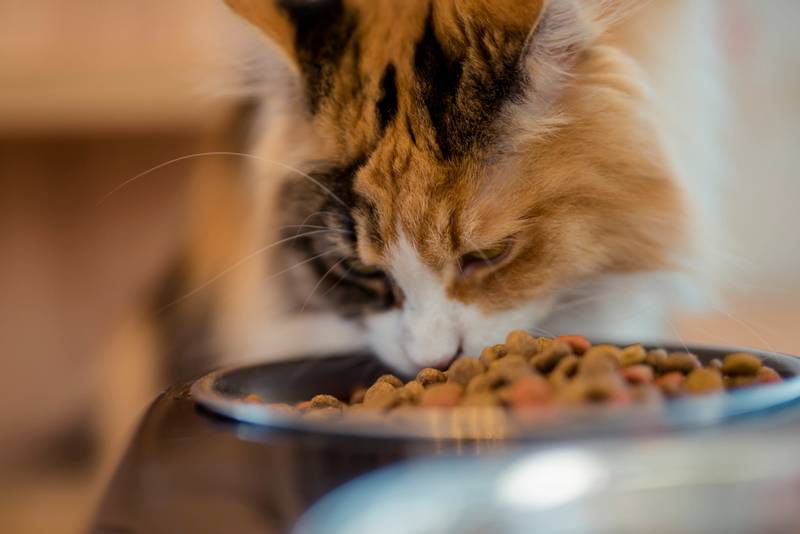
Sodium is responsible for the healthy functioning of cells: it provides energy exchange between them, monitors the pressure inside and outside the cell, creates and transmits nerve impulses. Sodium also regulates the water balance of the animal: under its influence, the pet both drinks and removes the liquid out in the form of urine. In addition, the mineral, together with potassium, works on the acid-base balance, which is important for the correct functioning of the body’s systems.
In turn, chlorine is necessary to maintain the concentration of intercellular, or tissue fluid involved in metabolism. And he, among other elements, takes part in ensuring the acid-base balance. By the way, unlike sodium, chlorine, if contained in food, is in very limited quantities. So salt for him is almost the only transport for delivery to the body.
Now a few words about what can happen to a pet if it encounters a deficiency of these nutrients. Lack of sodium provokes a rapid heartbeat, the animal drinks less, although water is critical for cats, traditionally prone to urolithiasis. Lack of chlorine causes weakness, stunted growth, and sometimes even muscle problems. In fairness, it should be said that such conditions are rare. However, they should not be allowed.
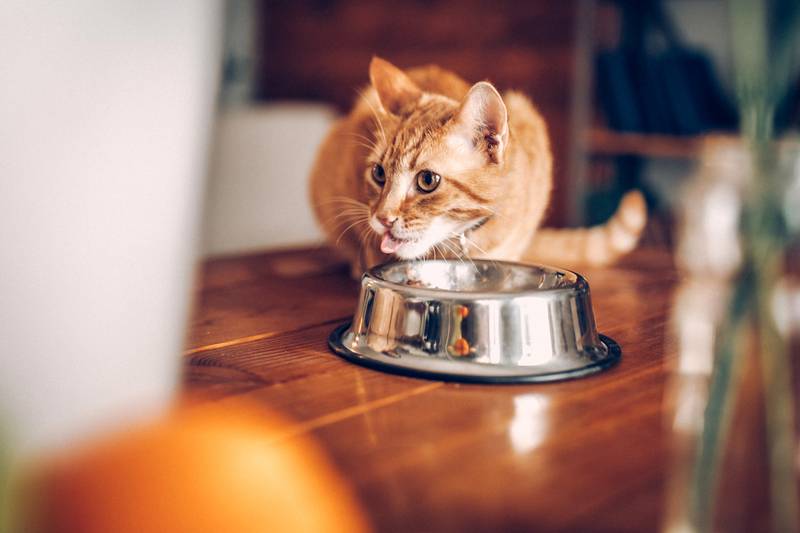
Need a norm
However, the importance of salt for a cat does not mean that the animal should receive it in “human” proportions. Our food is generally not recommended for pets because it does not contain nutrients in the proportions required by the animal. But the cat will be able to get them – including sodium and chlorine – when taking rations, which, in fact, are intended for the pet. After all, they are designed according to the scientifically calculated needs of pets.
In general, a cat that receives the wrong food from our table is at serious risk of experiencing an excess of sodium and chlorine in the body. An excessive amount of the first leads to dryness of the mucous membrane, causes vomiting. Too much chlorine is a guaranteed change in the level of potassium and calcium in the blood and a manifestation of metabolic acidosis – a violation of the acid-base balance, which was mentioned above.
Photo:
April 15 2019
Updated: April 23, 2019



